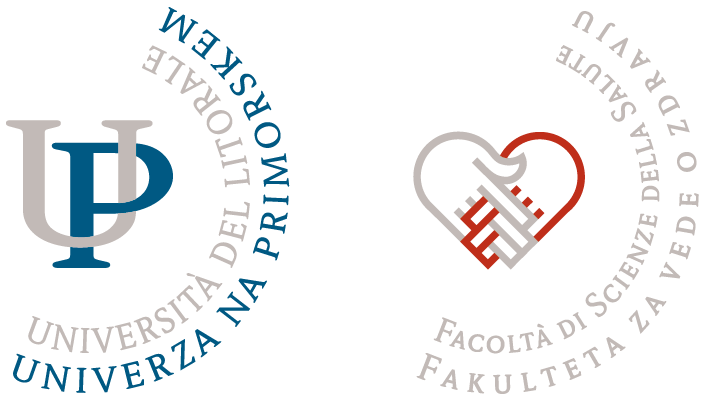Content
- Lectures: 4 hours
- Exercises 26 hours
- Independent work: 60 hours
Subject carrier
Description
1. General information on Manual Lymph Drainage, its historical
development and general characteristics.
2. Anatomy and physiology of the lymphatic vascular
system:
2.1. The lymphatic vascular system and lymph
nodes
2.2. Lymph and the lymph obligatory load
2.3. Lymphatic
pathways
2.3.1. Lymphatic pathways of the lower
extremities
2.3.2. Lymphatic pathways of the upper
extremities
2.3.3. Other lymphatic pathways
2.4. Functions of
the lymphatic system
2.5. The Starling equilibrium
2.6. Basic
division of edema:
2.6.1. Dynamic edema
2.6.2. Lymphostatic
edema
3. Indications and contraindications for Manual Lymph Drainage.
4. Creating the environment for optimal treatment and the basic
principles of performing Manual Lymph Drainage in patients with mild, medically
uncomplicated lower and upper extremity edema.
5. Basic Manual Lymph Drainage techniques
6. Treatment of individual body parts:
6.1. The neck
6.2. The
lower extremities
6.3. The upper extremities
7. Examples of using Manual Lymph Drainage in patients with mild,
medically uncomplicated lower and upper extremity edema.

